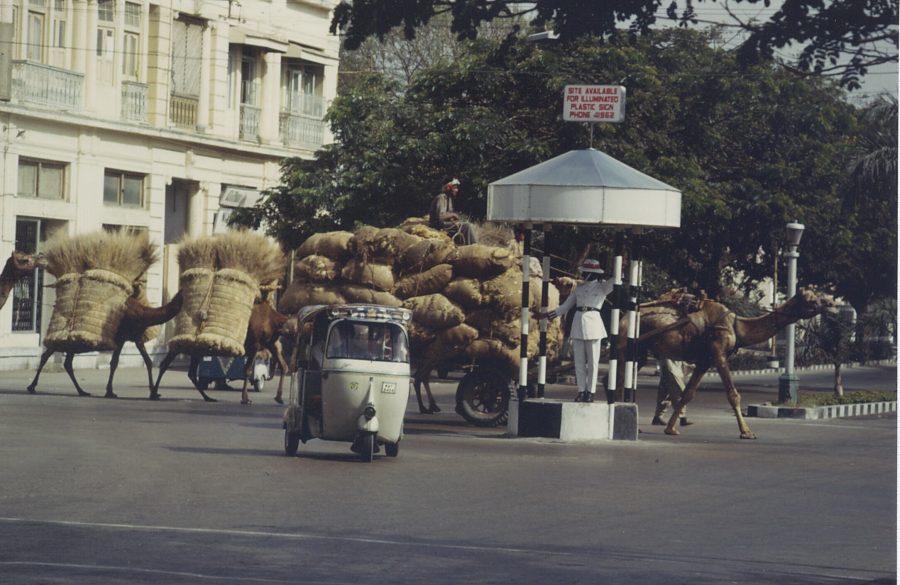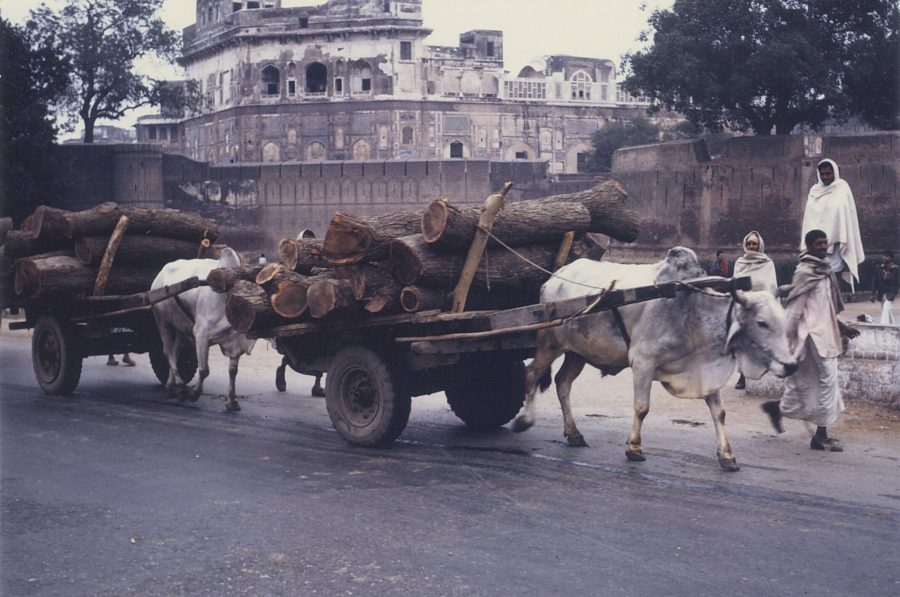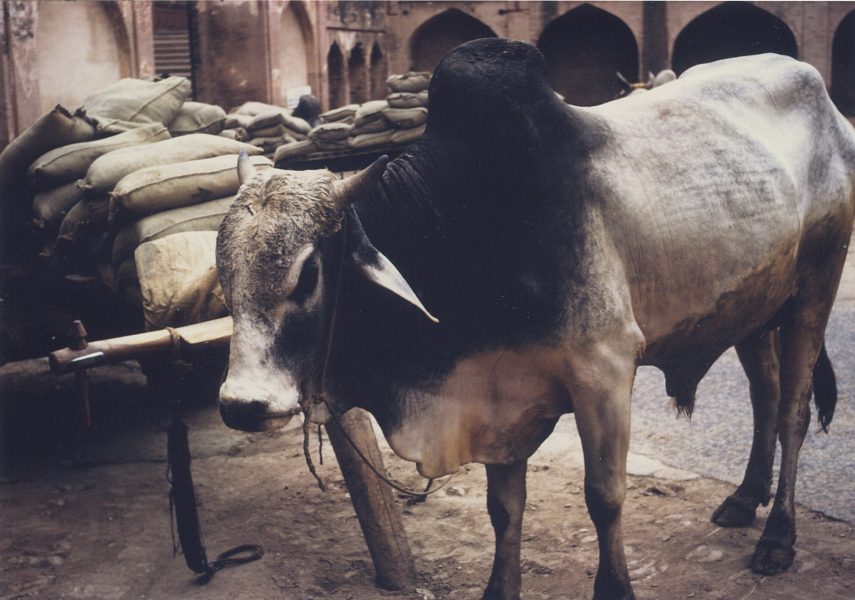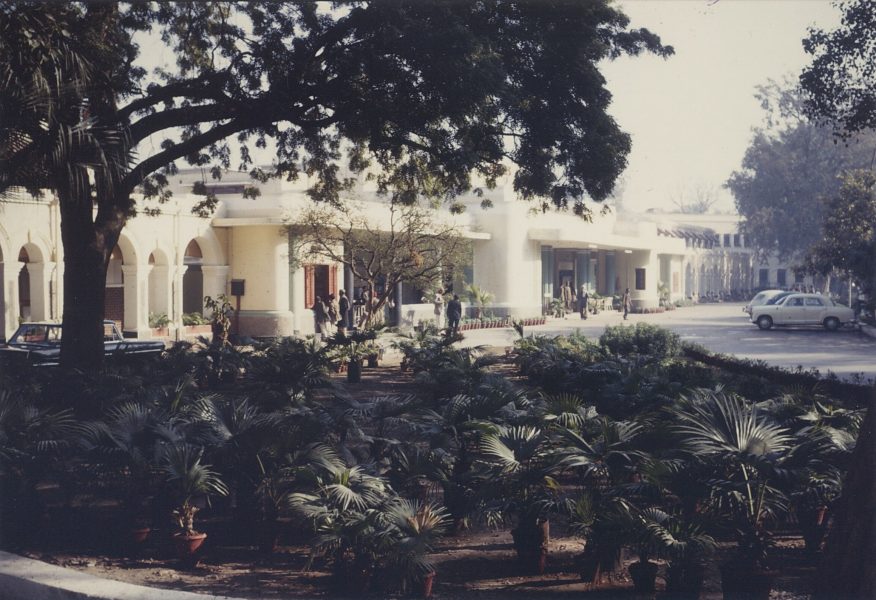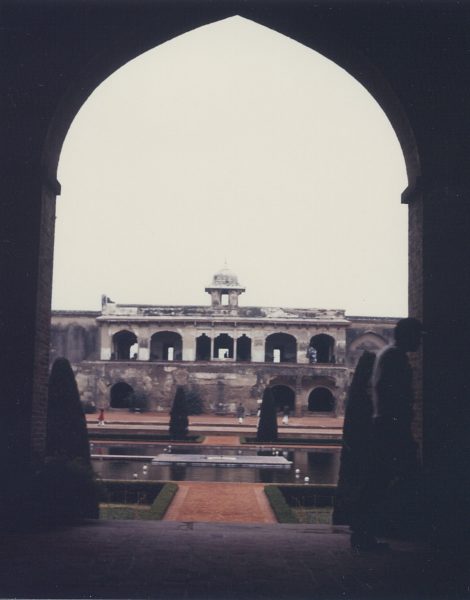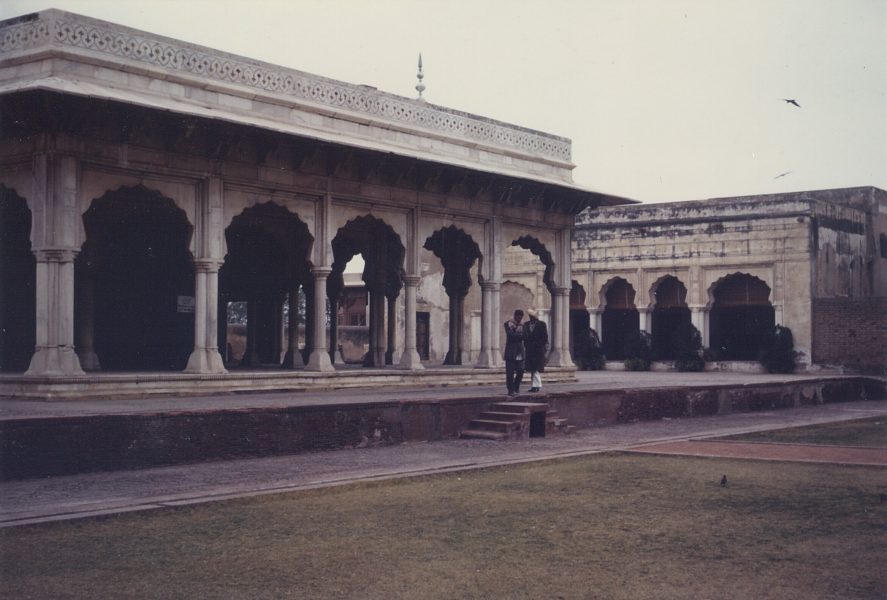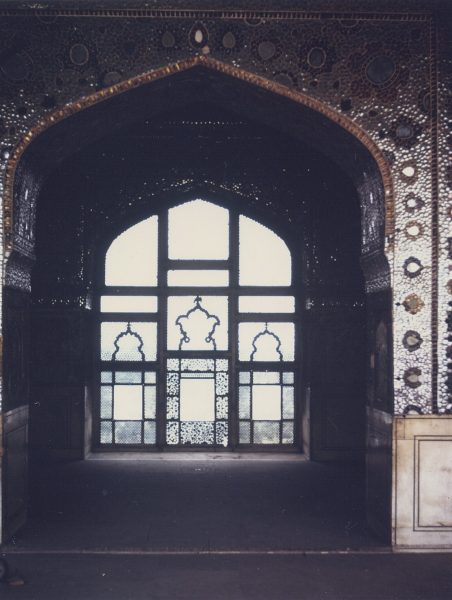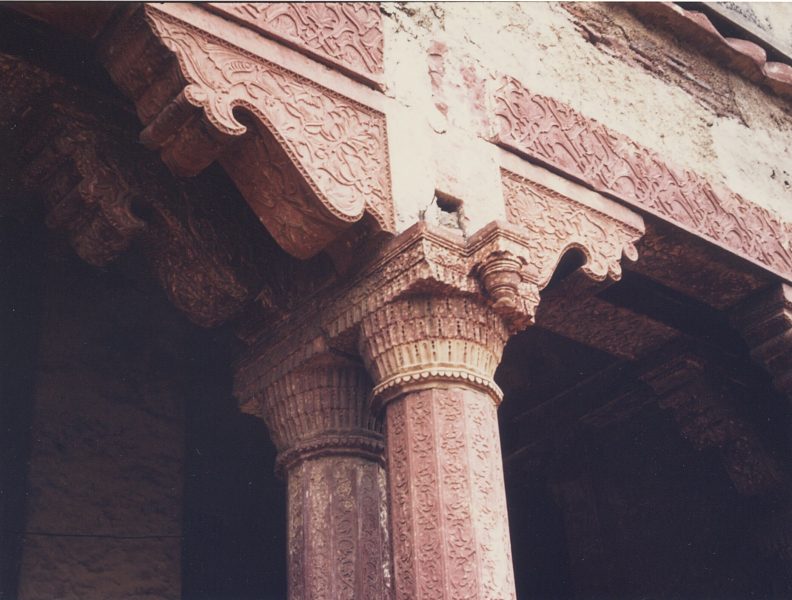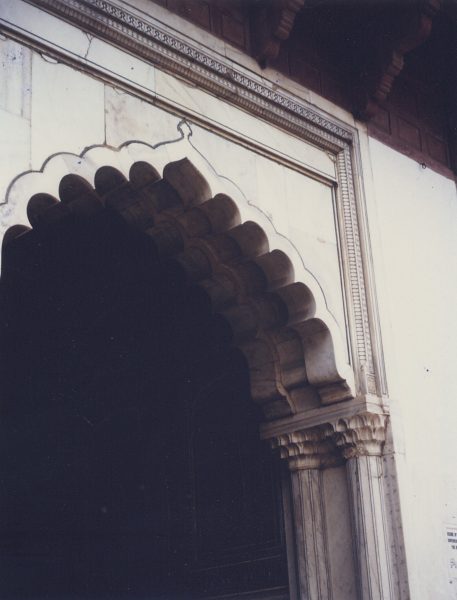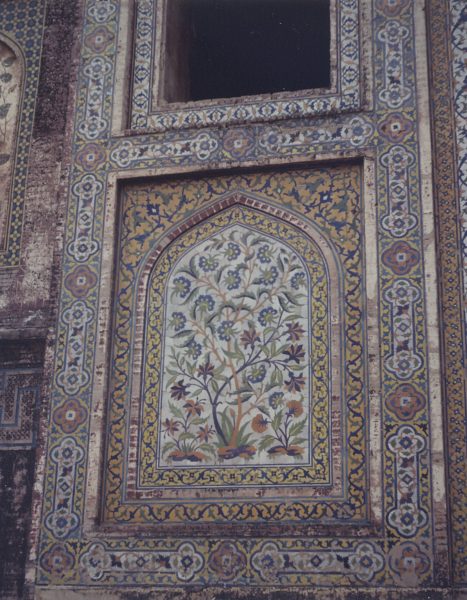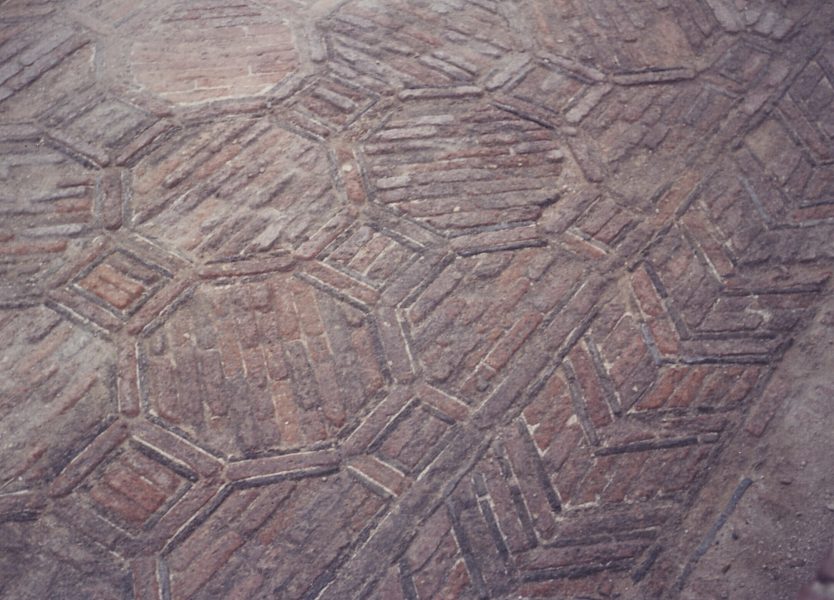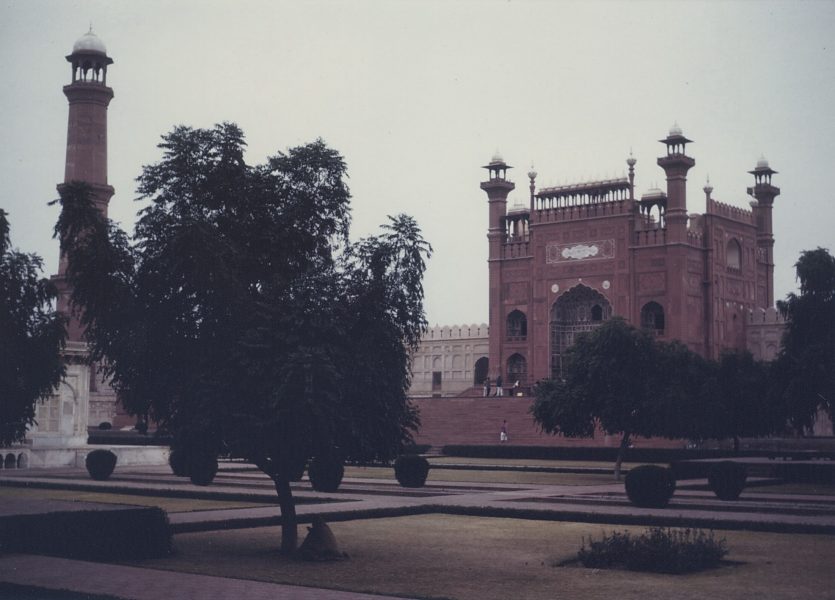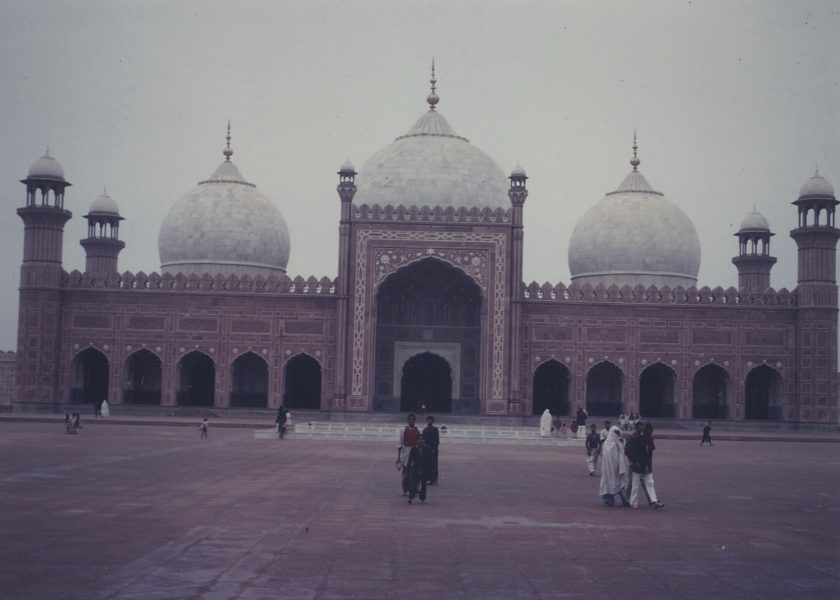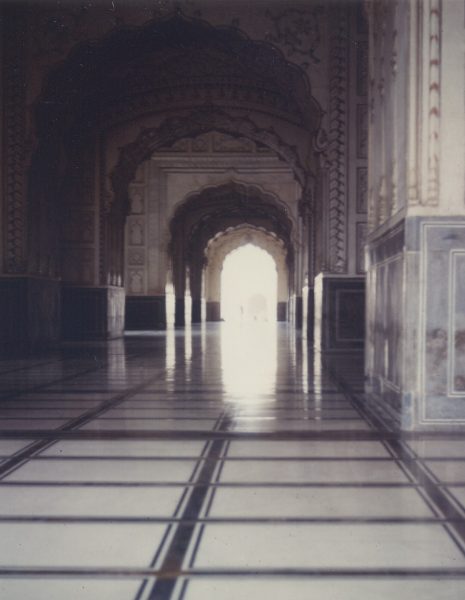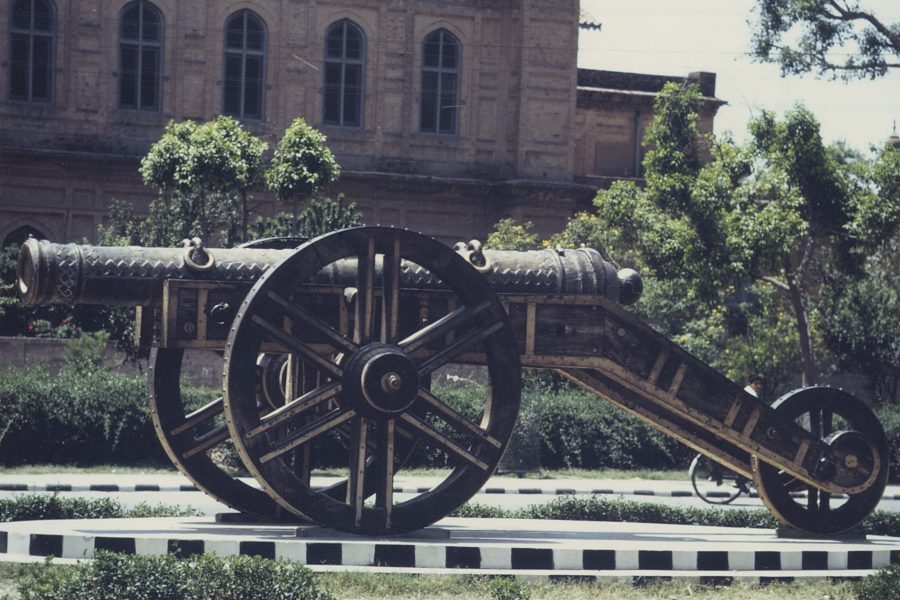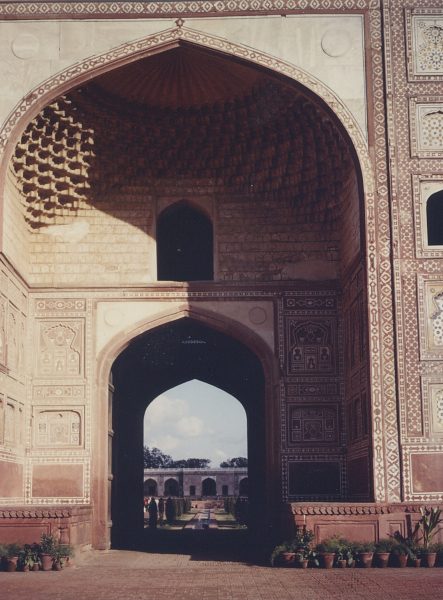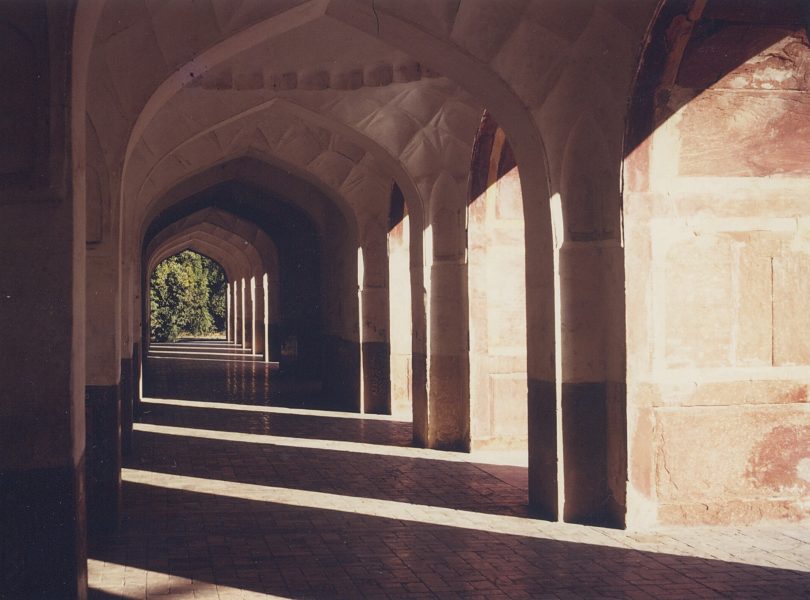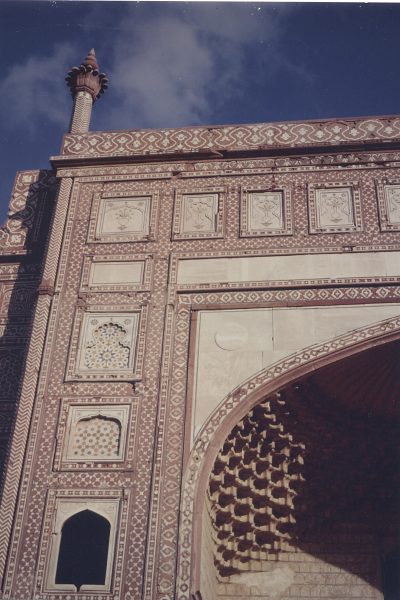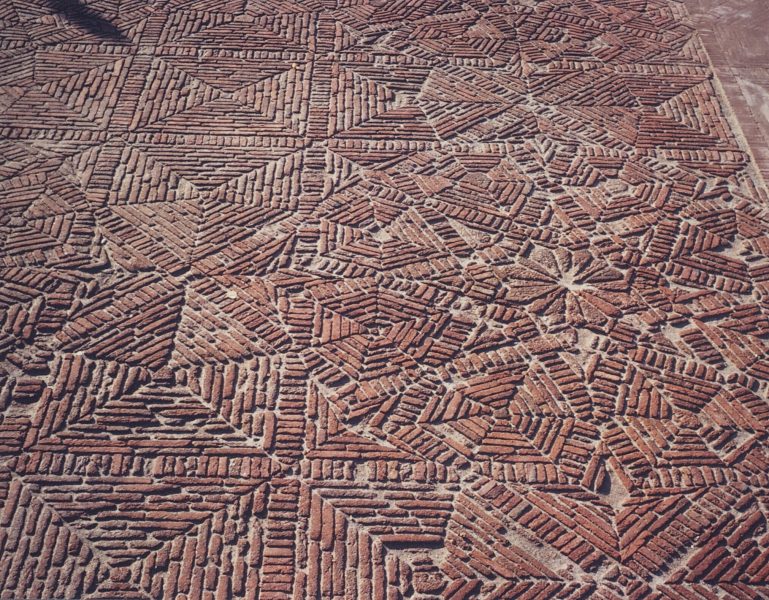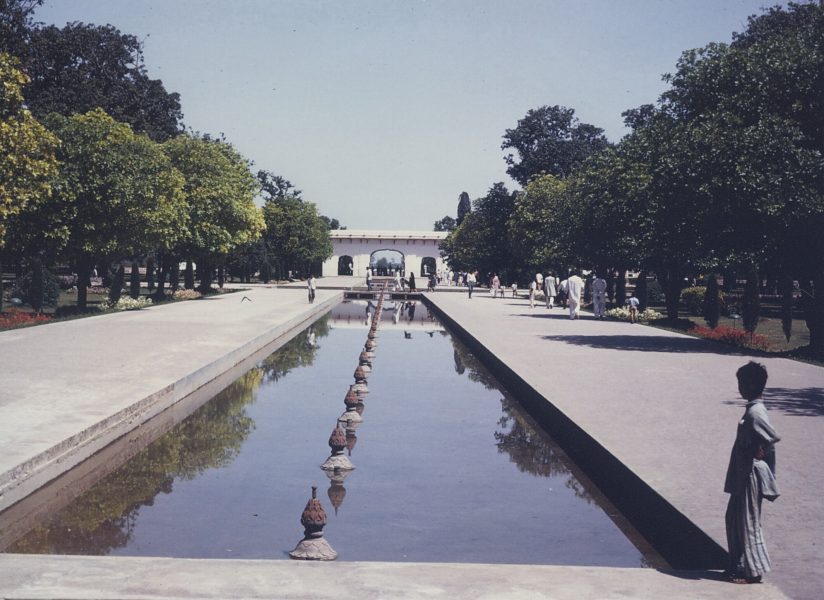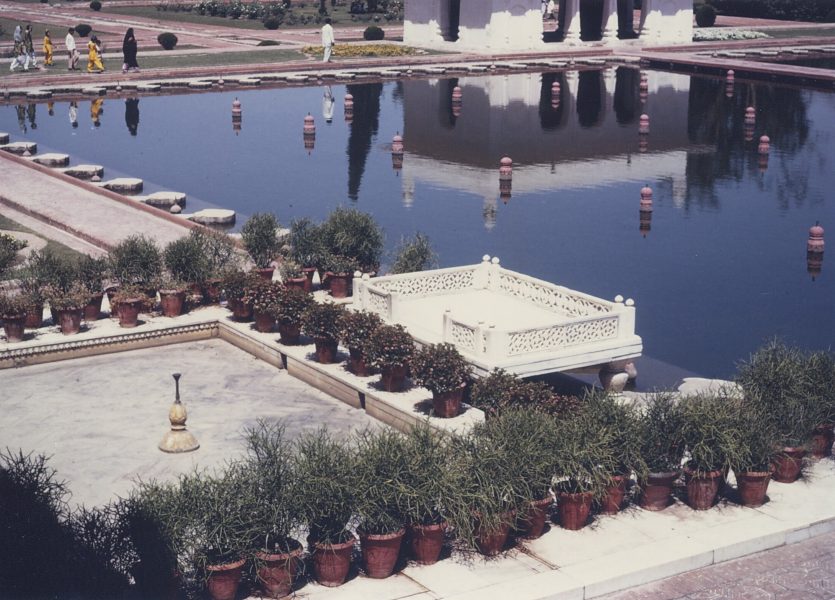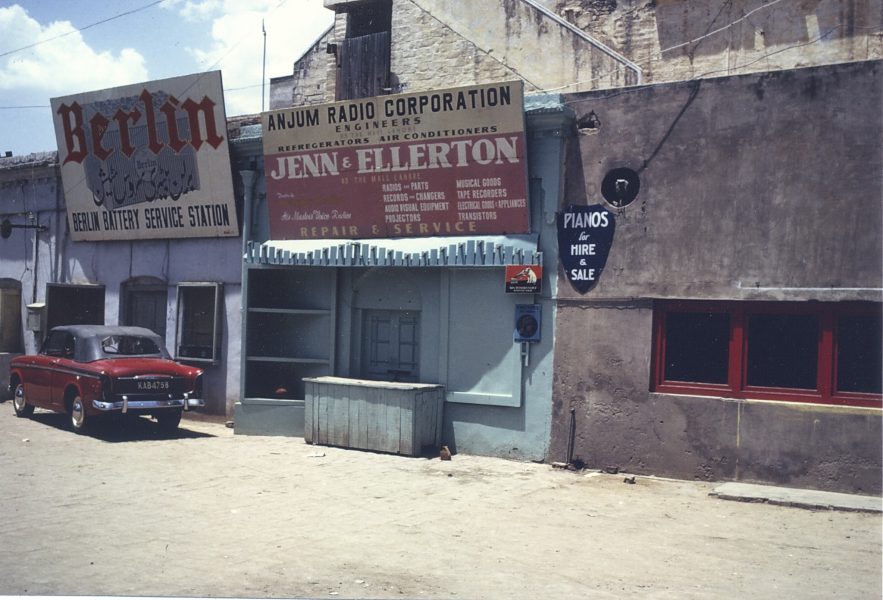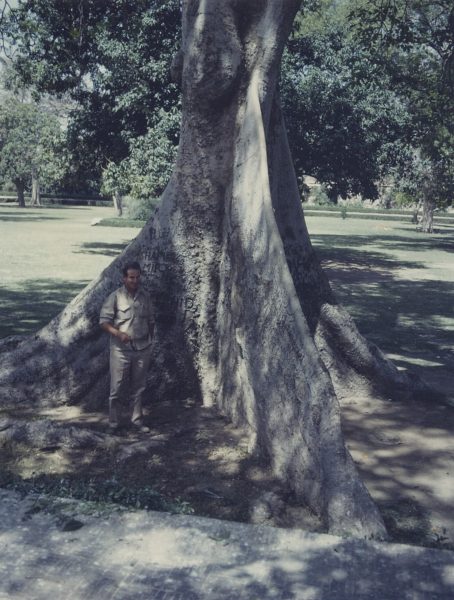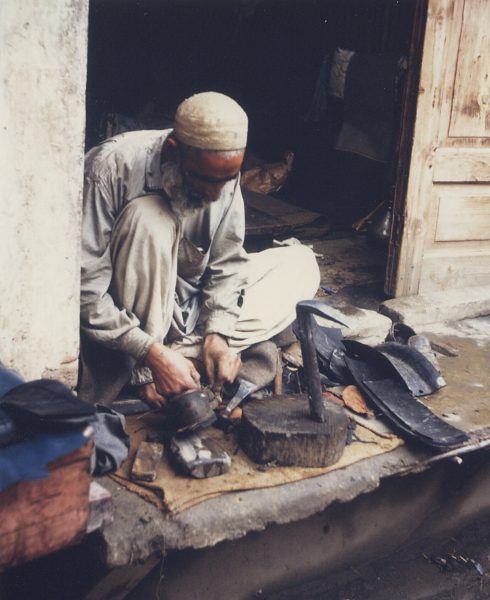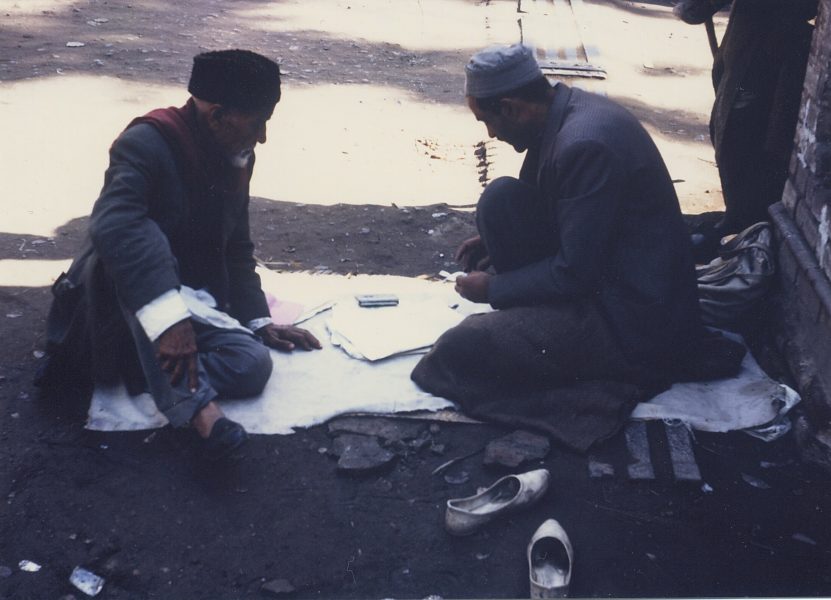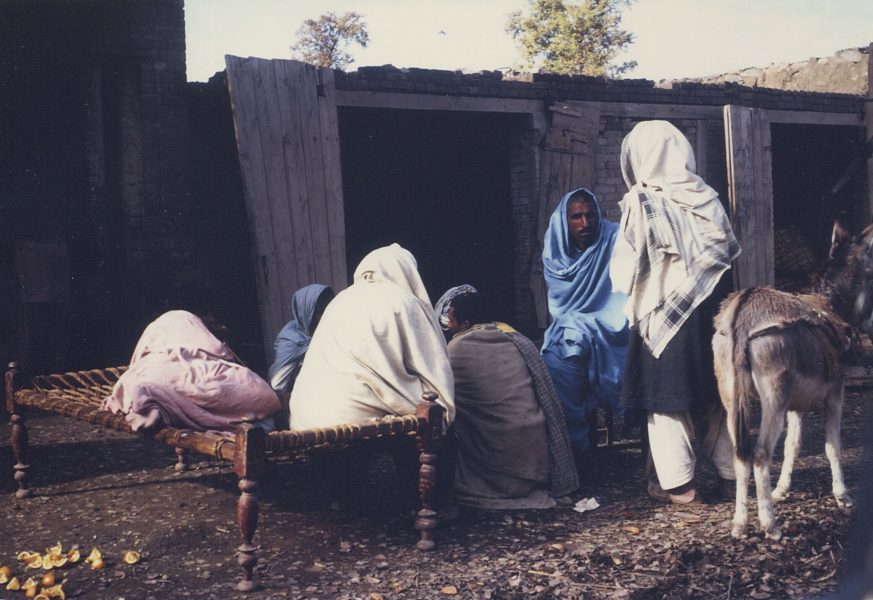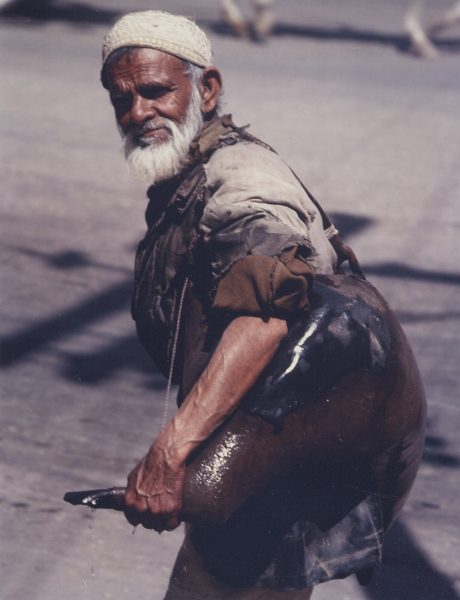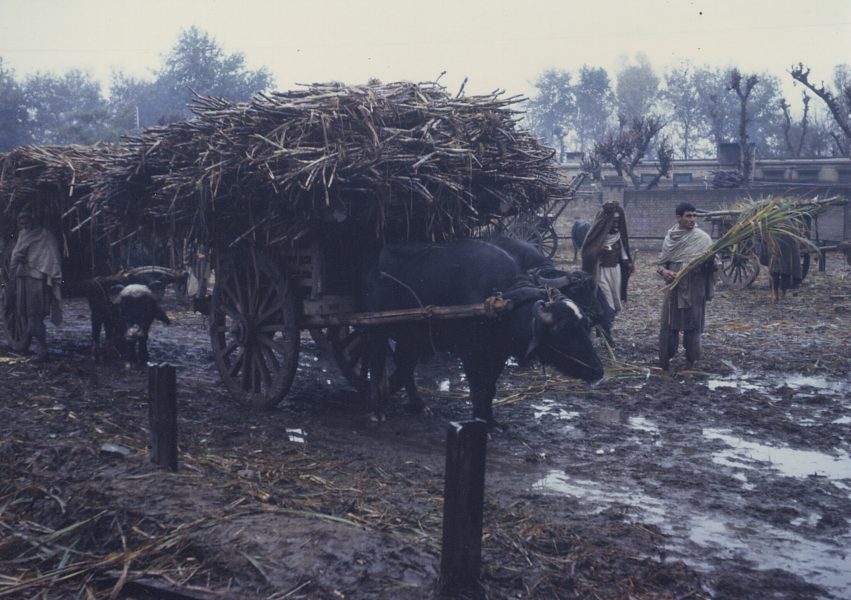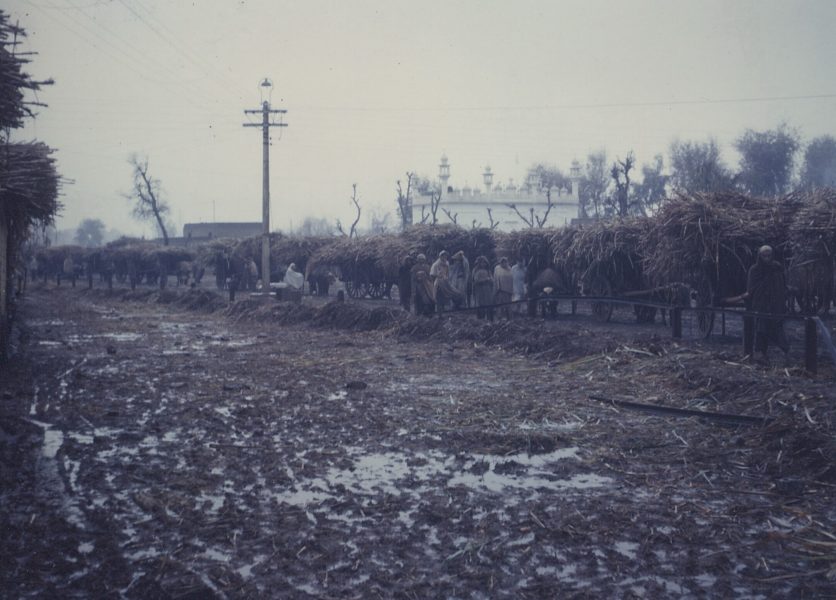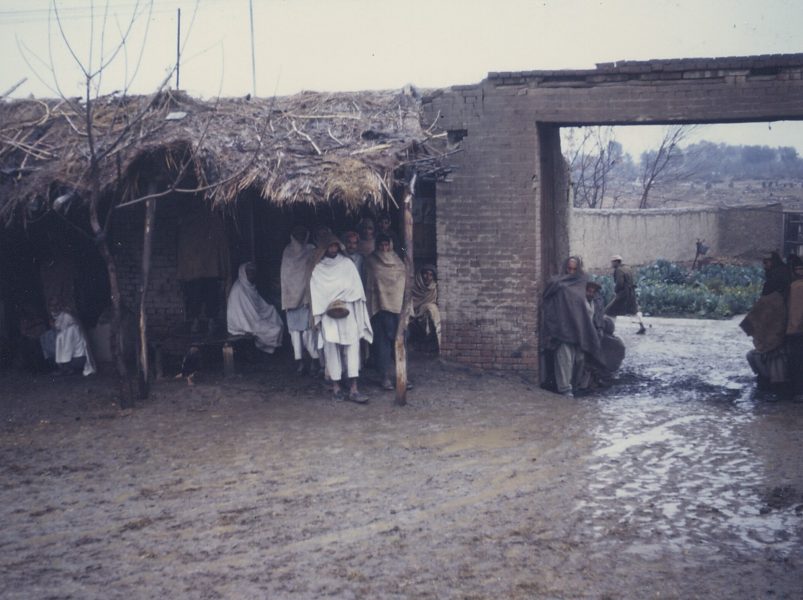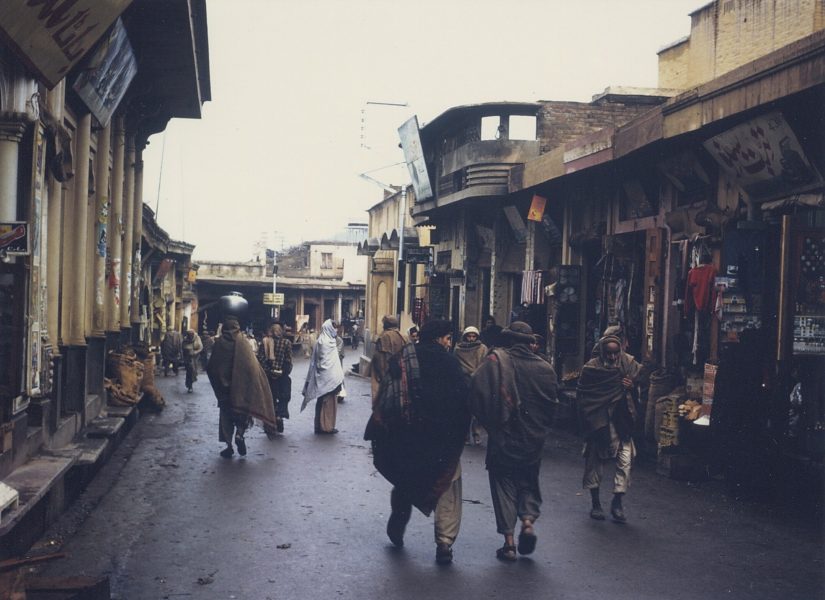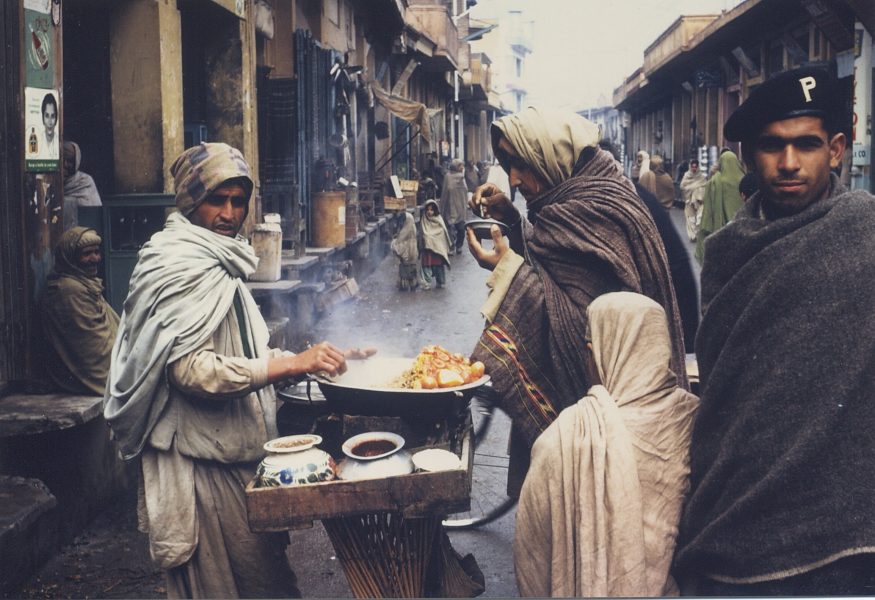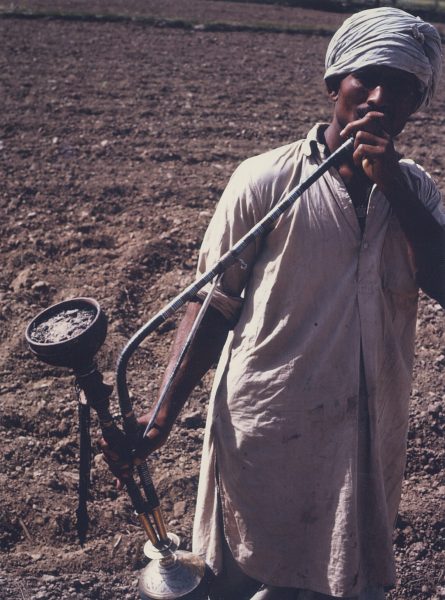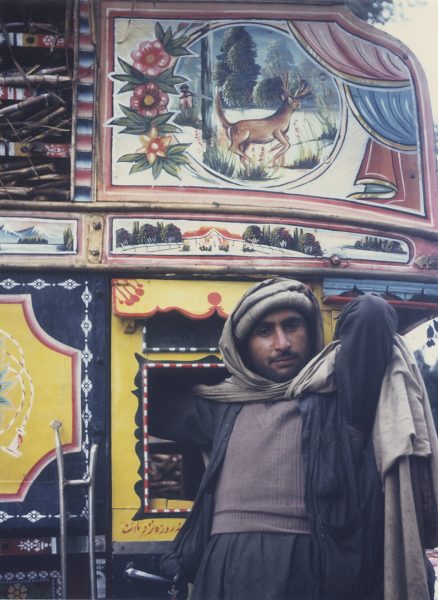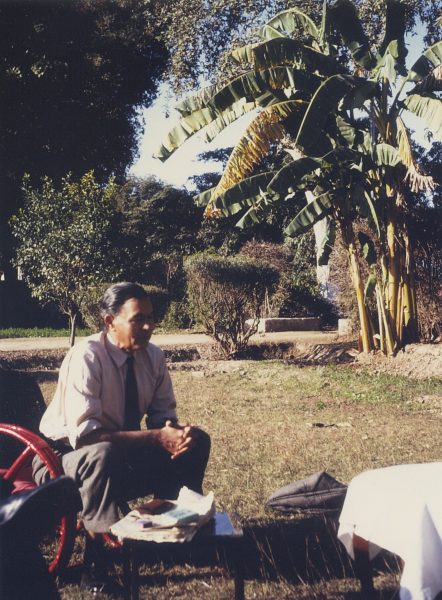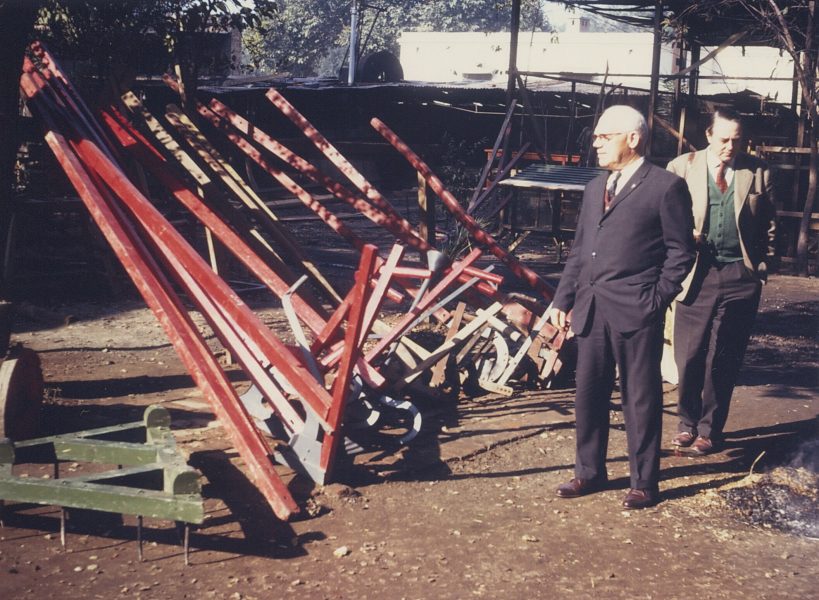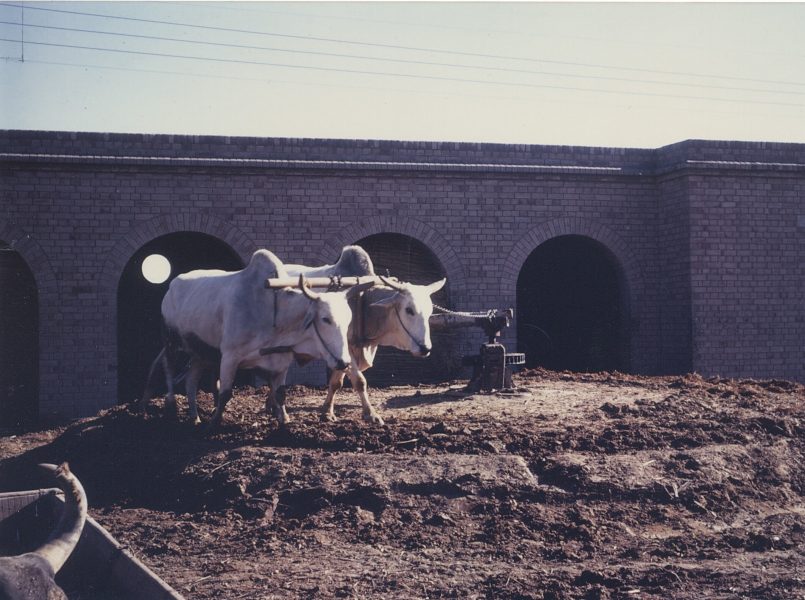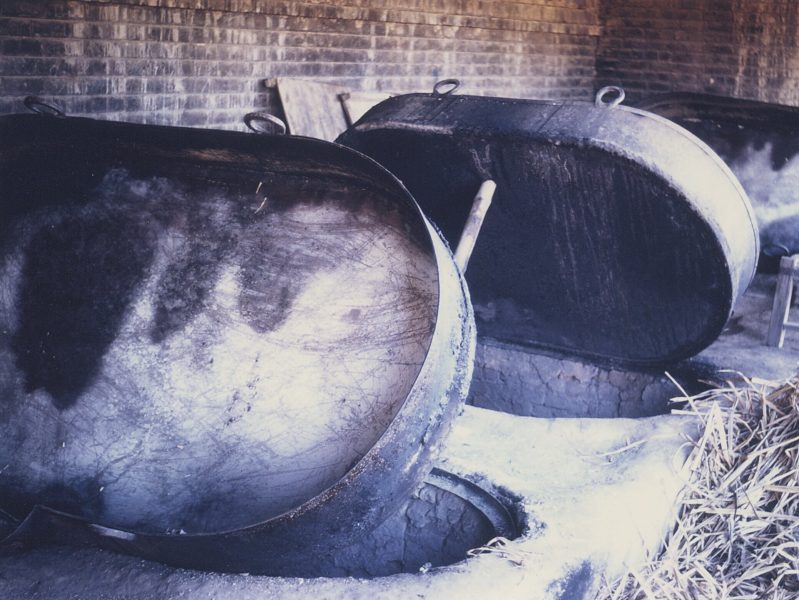Contents Pakistan (Part 1) Pakistan (Part 2) Afghanistan Iraq
Taken during a sugar beet feasibility study in Pakistan, 1964-1966.
Camel transport through the streets of Karachi
In Lahore, transport by Zebu bullocks
Faletti’s Hotel in Lahore, the leading hotel in the days of empire and still quite charming and special
Dating from the days of the Mogul Empire, the Fort of Lahore
Inside the fort
Details of arches in the fort
Ceramic wall decoration
Patterned brick pathway
The entrance to the Great Mosque, Lahore
The courtyard of the Great Mosque
Part of the marble interior
Kim’s Gun, made famous by Rudyard Kipling
Entrance to the Emperor Jehangir’s tomb
Interior of tomb
Detail of the entrance arch
Shalimar Gardens, Lahore
The Ellerton’s shop in Lahore
A buttressed tree in the grounds, with Nicholas Craze
Pakistani street shoemaker and scribe
The Gossips
A Rawalpindi water vendor with his goatskin
North to the sugar cane factory at Takht-i-bhai. In January 1964, it was cold and wet. The electricity had failed so that a very long line of carts and trucks soon accumulated.
Rather miserable men waiting for the factory to re-open
Mingors Bazaar in Swat, a semi-independent state in the northwest
Refreshment in the street in the Mingors Bazaar
On one of the sugar beet fields one of the gang keeps his hookah going
Very wonderfully painted lorries were a feature throughout. This proud driver was very pleased to have his picture taken.
Another lorry
At the University of Lyallpur, Cambridge friend Prof, N.D. Yusuf
Dr Larsen of Washington State University was designing cheap and simple implements which were a big advance on local tradition while being very easy to build.
The Punjabi method of making gur, or crude sugar. The bullocks were grinding the cane.
The juice was boiled down in these pans, over a pit of burning cow dung.
Contents Pakistan (Part 1) Pakistan (Part 2) Afghanistan Iraq
